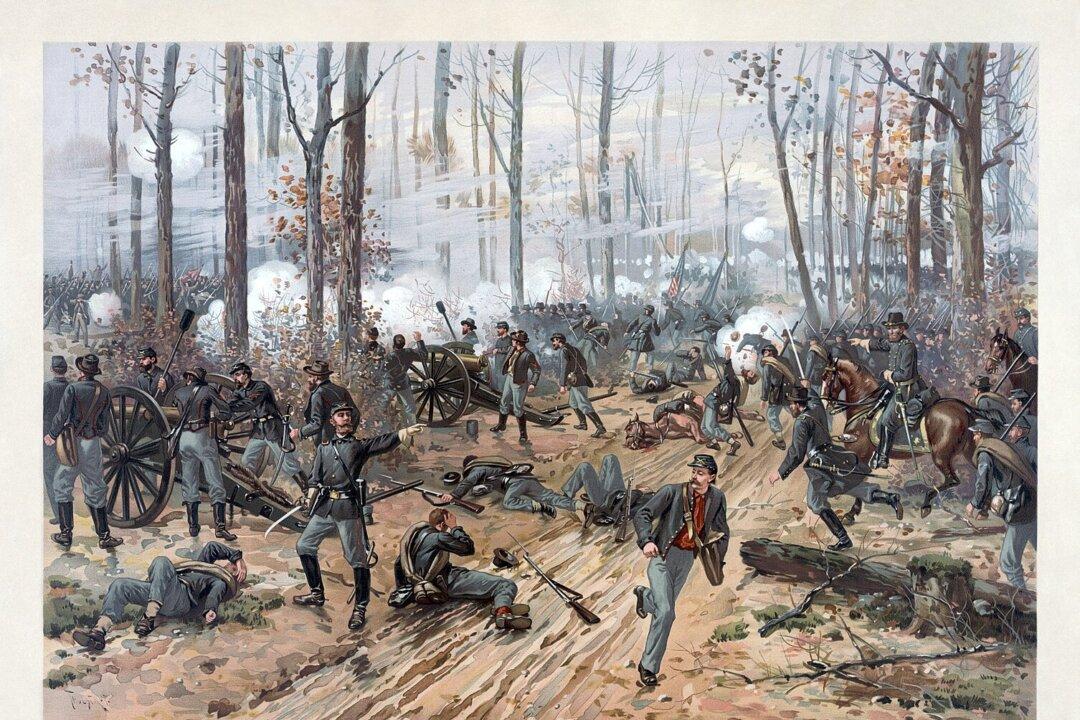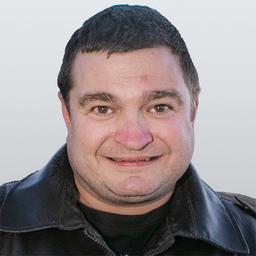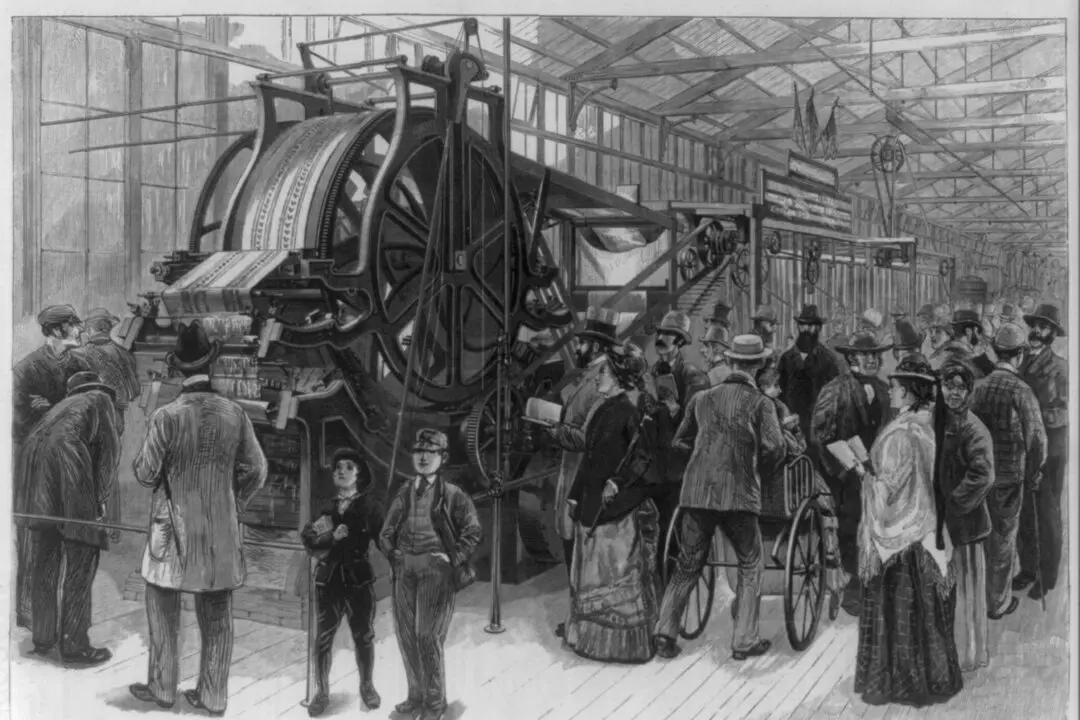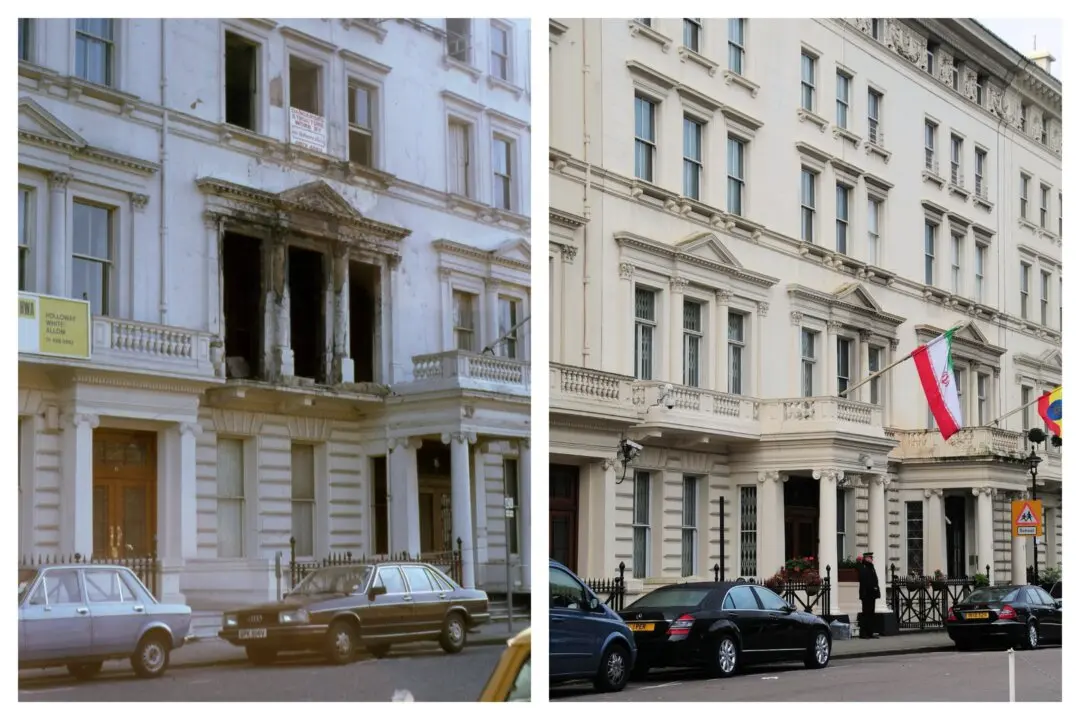Civil War medics were shocked when they rushed to the battlefield after the Battle of Shiloh (1862). There they saw some soldiers’ wounds were glowing in the dark with a bluish green light. Upon further inspection, medics found that the glowing wounds healed faster and were cleaner than other injuries. The soldiers labelled the phenomenon the “angel glow.” What caused the glow remained a mystery for nearly 140 years.
The Battle of Shiloh erupted between Confederate and Union soldiers on April 6, 1862, in southwestern Tennessee. The grueling battle lasted two days and was known as one of the Civil War’s bloodiest battles; an estimated 24,000 casualties suffered all together.






